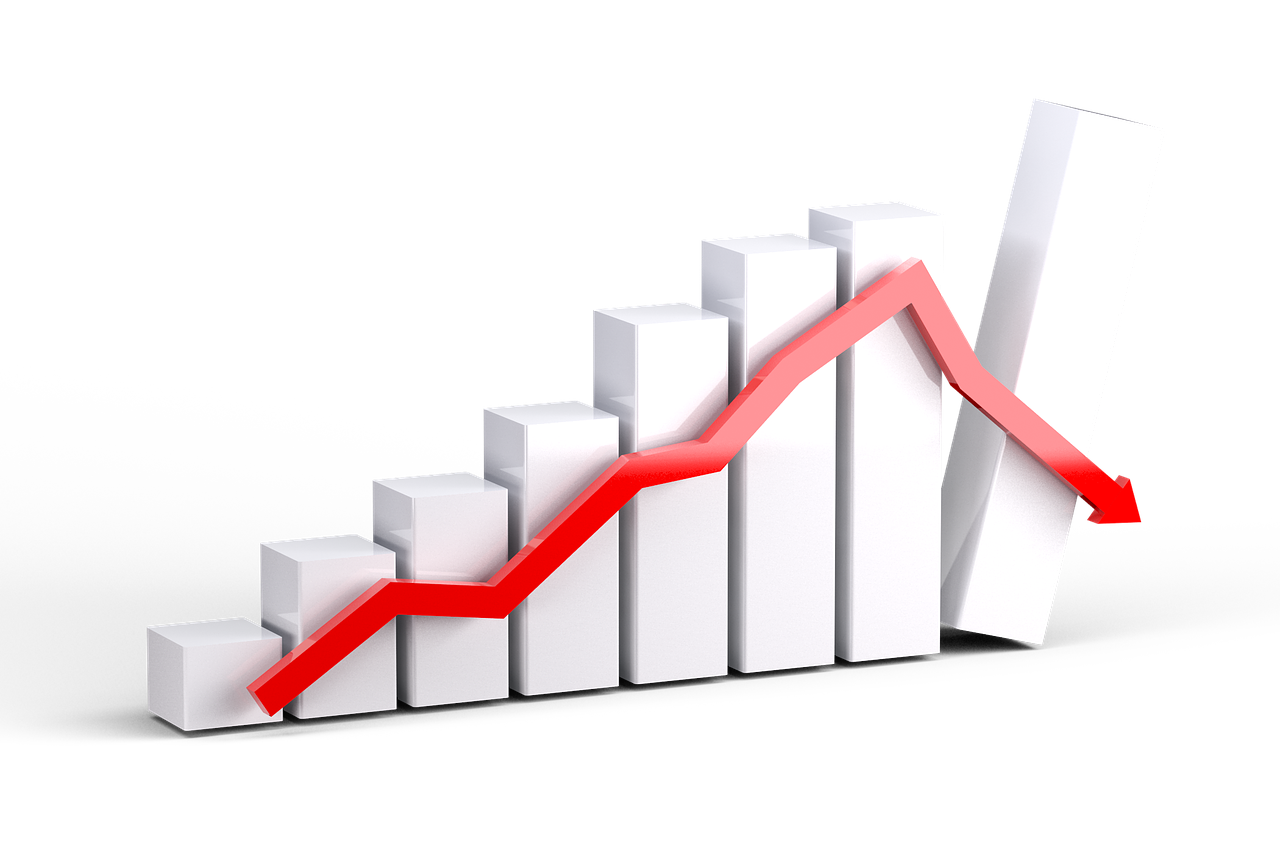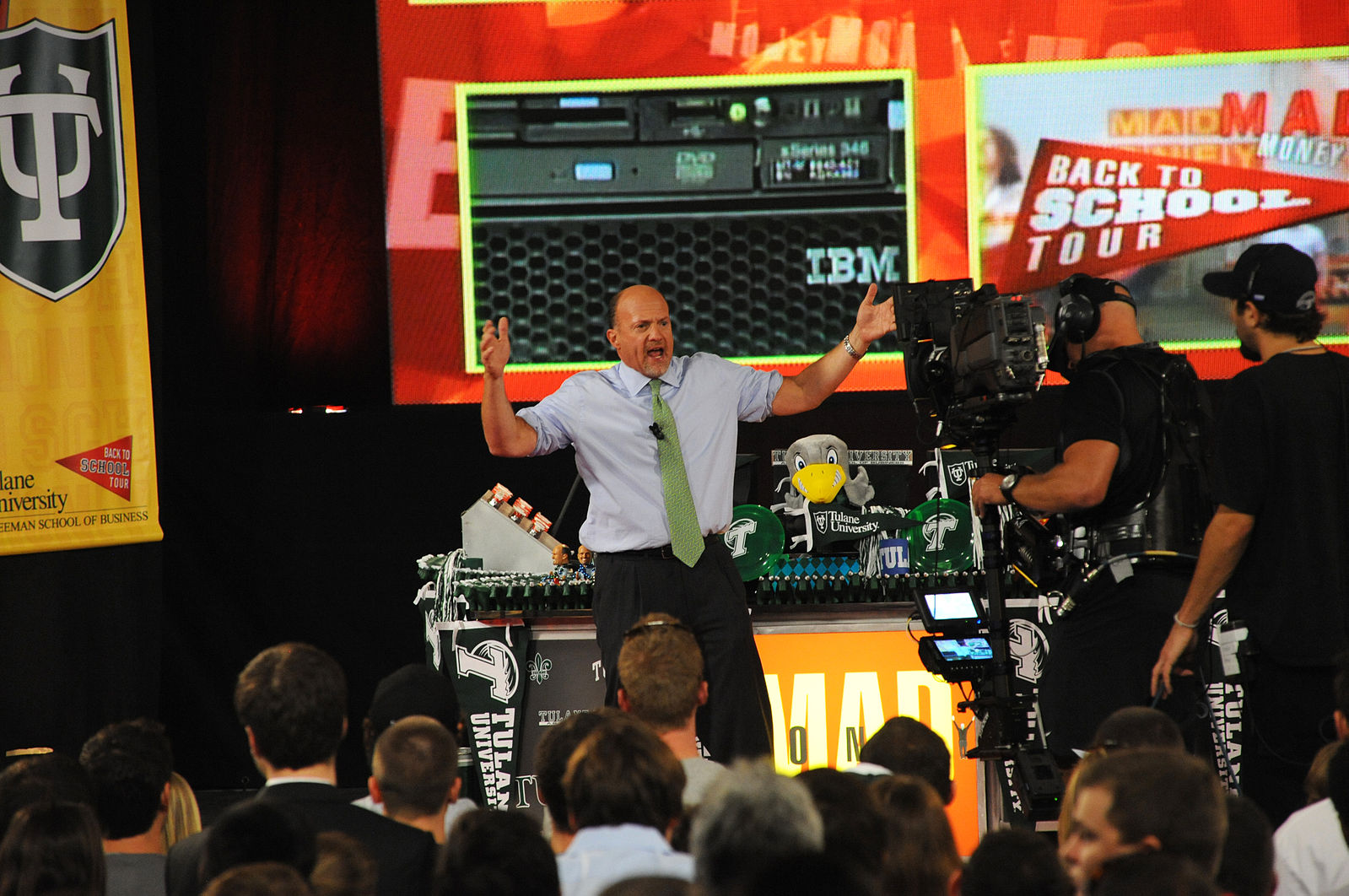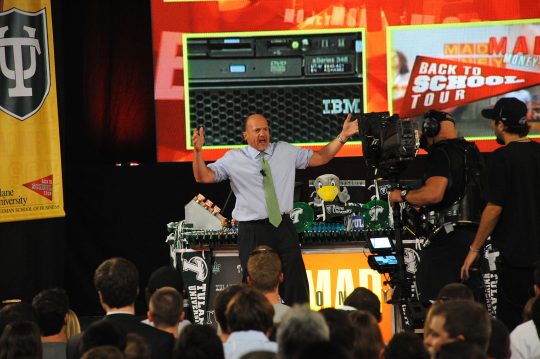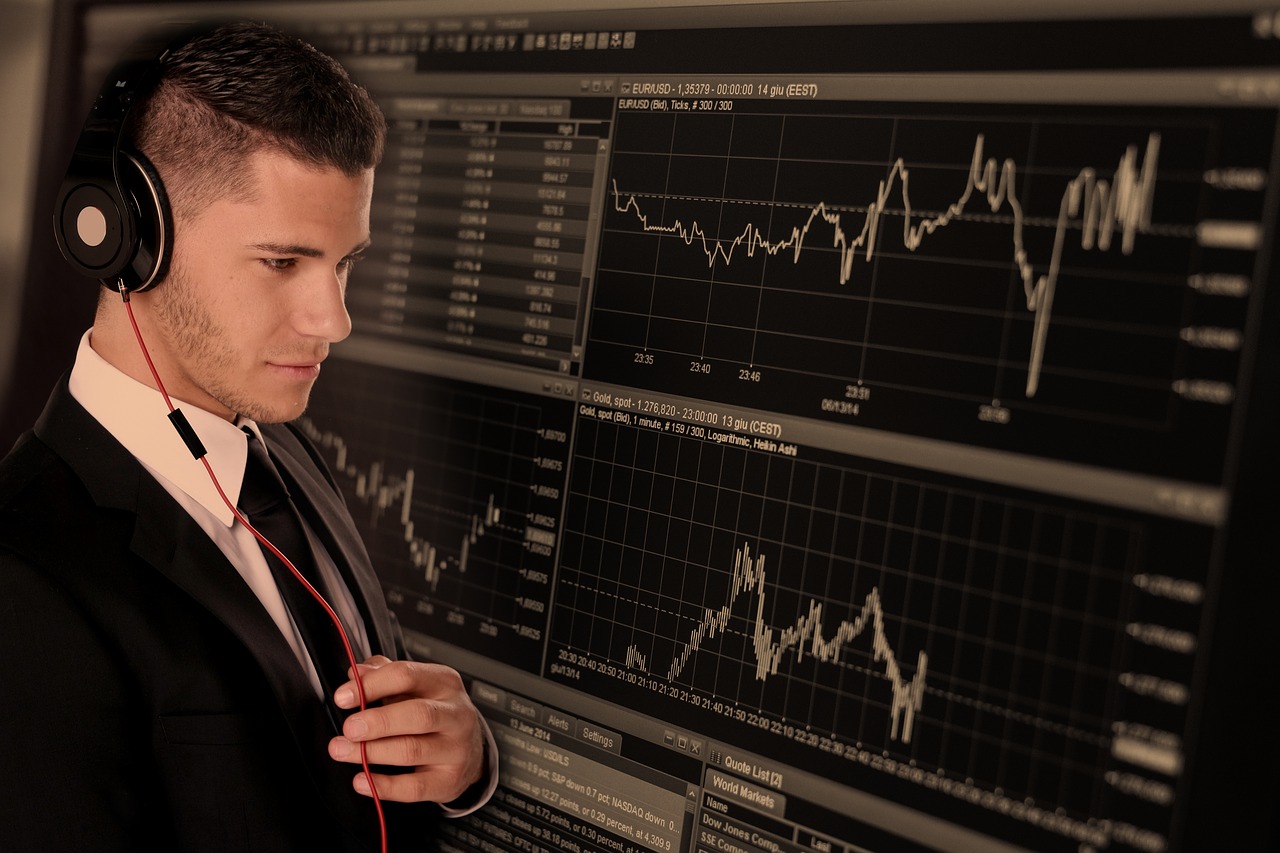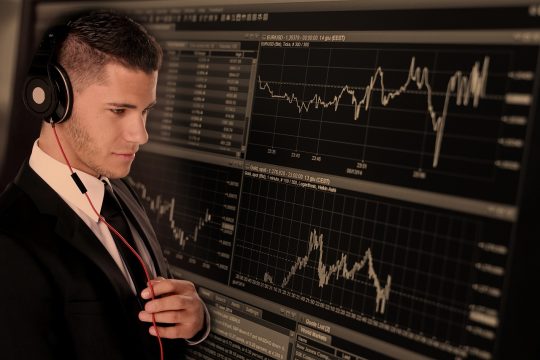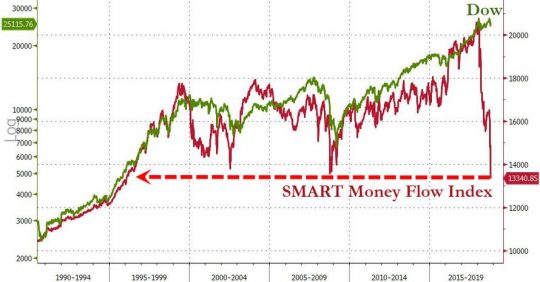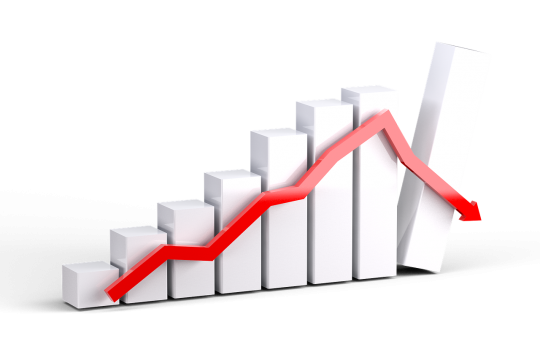 Thanksgiving week was not supposed to be like this. Normally things are slow in the days leading up to Thanksgiving as investors prepare to gorge themselves with turkey and stuffing as they gather with family and friends. But this year the stock market is crashing, and Wall Street is in panic mode. On Tuesday, the Dow Jones Industrial Average closed at 24,465.64, which is nearly 2,500 points lower than the all-time high of 26,951.81 that was set in early October. But as I noted yesterday, what has been happening to tech stocks is even more dramatic. Each one of the FAANG stocks is now down by more than 20 percent, and they have combined to lose more than a trillion dollars in value. We haven’t seen anything like this since the financial crisis of 2008, and at this point all of Wall Street’s gains for 2018 have been completely wiped out.
Thanksgiving week was not supposed to be like this. Normally things are slow in the days leading up to Thanksgiving as investors prepare to gorge themselves with turkey and stuffing as they gather with family and friends. But this year the stock market is crashing, and Wall Street is in panic mode. On Tuesday, the Dow Jones Industrial Average closed at 24,465.64, which is nearly 2,500 points lower than the all-time high of 26,951.81 that was set in early October. But as I noted yesterday, what has been happening to tech stocks is even more dramatic. Each one of the FAANG stocks is now down by more than 20 percent, and they have combined to lose more than a trillion dollars in value. We haven’t seen anything like this since the financial crisis of 2008, and at this point all of Wall Street’s gains for 2018 have been completely wiped out.
Fear is a very powerful motivator, and right now a lot of investors are feverishly getting out of the market because they are afraid of losing their paper profits.
One analyst is describing what is going on as a rush for the exits…
“The highways will be crowded this evening as the Thanksgiving rush will begin in earnest, but this morning investors are rushing for the exits,” Paul Hickey, co-founder of Bespoke Investment Group, wrote to clients on Tuesday.
But for many tech investors, the truth is that the cattle have already left the barn.
Just check out how much market capitalization the “big five” have already lost. The following numbers come from CNBC…
- Facebook: $253 billion
- Amazon: $280 billion
- Apple: $253 billion
- Netflix: $67 billion
- Alphabet: $164 billion
When you add those figures together, you get a grand total of 1.02 trillion dollars.
If you were alive when Jesus was born, and you spent a million dollars every day since then, you still would not have spent a trillion dollars by now.
A trillion dollars is an amount of money so vast that it is difficult to comprehend, and those that hesitated to sell at the peak of the market mania are never going to get that money back.
And many believe that the tech losses are just beginning because several of these companies have now entered “death cross” territory…
This could be the final nail in the coffin for the FANG trade.
Three of the companies within the big-tech quartet have entered into death crosses, with Facebook, Netflix and Google parent Alphabet seeing their 50-day moving averages cross below their 200-day moving averages.
We shall see what happens in the days ahead, but right now things do not look good.
Apple was supposed to be the strongest and most profitable of the FANG companies, but slowing sales have suddenly changed everything. In fact, Goldman Sachs just cut their price target for the stock…
Goldman Sachs slashed its Apple price target on Tuesday. The firm said in a note there is a “weakness in demand for Apple’s products in China and other emerging markets,” as well as a disappointing reception for the iPhone XR model.
As the trade war intensifies, many in China have been encouraging a boycott of American goods.
Could this be one of the reasons why Apple phone sales are slowing over there?
The trade war is also being singled out as one of the reasons why the stock market as a whole is falling. The following comes from CNN…
The losses have been sparked by a flurry of concerns about everything from higher interest rates and crashing oil prices to the US-China trade war. But the overarching theme is that investors are bracing for the end of the fantastic economic and profit growth that marked the past year. Analysts expect a deceleration in 2019 driven by tariffs, the fading impact of the tax cuts and higher borrowing costs caused by the Federal Reserve.
“Put simply, stocks have already started to price in the risk of an economic slowdown,” Goldman Sachs chief US equity strategist David Kostin wrote to clients on Tuesday.
Ultimately, people buy stocks because they believe in the future. If investors believe that they will get more money back than they are originally investing, they will buy stocks. But if they don’t believe that will be the case, they won’t buy stocks.
For a long time, there was a tremendous amount of optimism about the future on Wall Street, but now that has disappeared. Without that relentless optimism, it is inevitable that stock ratios will return to their long-term averages, and the S&P 500 sales to price ratio is telling us that stock prices still have a very long way to fall.
But our system will not be able to handle a decline of that magnitude. There is more leverage on Wall Street today than ever before, and a huge decline in stock prices would lead to a meltdown unlike anything we have ever witnessed.
If we break 20,000 on the Dow, the panic on Wall Street will be off the charts, and the flow of credit will be absolutely strangled. As a result, economic activity would crash at a pace that would make 2008 look like a Sunday picnic.
Our economy is more dependent on Wall Street than ever, and it is absolutely imperative that we have a healthy financial system. Now that the financial system is starting to crumble, a lot of people are becoming highly alarmed.
But according to Larry Kudlow, we have absolutely nothing to worry about…
‘Corrections come and go,’ he told reporters at the White House, saying that the economy is strong overall.
‘I’m reading some of the weirdest stuff how a recession is in the future,’ Kudlow said. ‘Nonsense.’
‘Recession is so far in the distance I can’t see it,’ he said after appearing in a Fox Business Network interview.
It would be wonderful if Kudlow turns out to be correct. But in “Get Prepared Now”, I warned about what can happen when we allow others to do our thinking for us. What is happening on Wall Street should be obvious to everyone, and no amount of optimistic chatter is going to change that.
And the truth is that even the mainstream media is starting to acknowledge the reality of what we are now facing. CNBC just took a poll of global finance executives, and they discovered that more than half of them believe that the Dow will fall below 23,000…
More than half of the members of the CNBC Global CFO Council think the Dow Jones Industrial Average will fall below 23,000 — roughly 2,000 points from its current level — before the stock market barometer is ever able to top the 27,000 level. The 23,000 level would equate to another 8 percent in decline among the Dow group of stocks before the selling stops.
Ultimately the Dow is going to go much lower than 23,000, and it will shake Wall Street to the core.
But for now, hopefully everyone can have a happy Thanksgiving, because it is likely that there won’t be many happy days for investors after that as this financial meltdown accelerates.
About the author: Michael Snyder is a nationally syndicated writer, media personality and political activist. He is publisher of The Most Important News and the author of four books including The Beginning Of The End and Living A Life That Really Matters.
